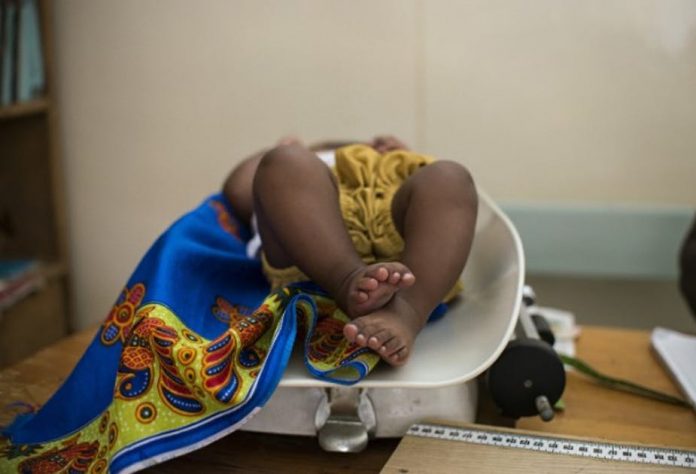By Cheikh Mbacke Faye
At least two-thirds of all annual maternal and child deaths worldwide occur in sub-Saharan Africa. Despite recent improvements, significant inequities persist across countries and regions and within countries. An initiative by the African Population and Health Research Centre, Countdown to 2030, seeks to accelerate coverage and access to reproductive, maternal, newborn, child, and adolescents’ health and nutrition services by providing evidence that informs decision making for policy, programming and financing. Cheikh Mbacke Faye explains.
Why the focus on maternal and child health?
There has been substantial progress in reducing maternal and child deaths globally. This is due to increased investment in good infrastructure, the use of vaccines and other factors. Between 1990 and 2015, maternal and under-five mortality declined by 44% and 58% respectively globally. But maternal mortality remains unacceptably high, especially in developing countries. At least two-thirds of all annual maternal and child deaths worldwide occur in sub-Saharan Africa.
How does the Countdown 2030 initiative hope to change this?
This initiative aims to equip country health data experts to provide deep analyses of inequalities from existing data sources such as the District Health Information System and the Demographic Health Surveys. Evidence like this should help improve equity in maternal and child health as stipulated in the Sustainable Development Goals. The overall aim is to reach all populations with essential health services of good quality.
The analysis aims to show the inequities by sub-national level, socioeconomic status and the rural-urban divide. When governments have evidence, they are better placed to develop policies and programmes that provide equitable coverage of effective health interventions for women, children and adolescents. The project is anchored on the use of evidence to promote increased coverage and access to reproductive, maternal, newborn, child, and adolescents’ health and nutrition services to all people.
For example, in Uganda, working with Makerere University School of Public Health, we did an analysis to understand the rate of under-five mortality in different regions of Uganda. The analysis identified the six regions in Uganda with the highest child mortality rates. This evidence was shared at a meeting in Kampala with stakeholders in government and civil society organisations to facilitate a discussion of health system challenges in these regions.



